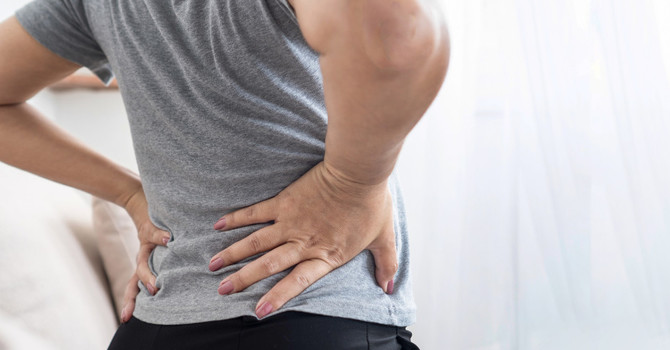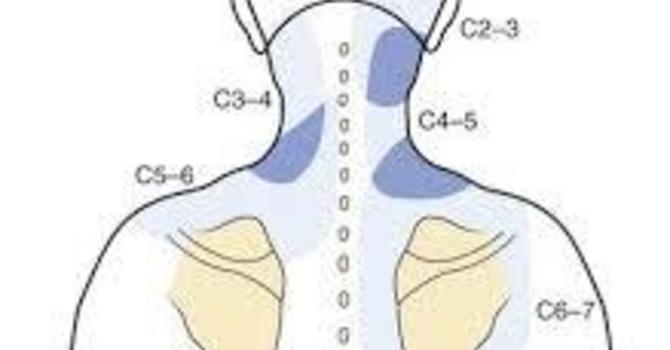.jpg)
Hormones shift dramatically after birth—but that’s not the only reason your body feels off.
It’s not just hormonal. It’s mechanical.
Most of the moms we treat have already been cleared for activity, but they still feel:
-
Unstable in their hips or pelvis
-
Pain when rolling, twisting, or lifting
-
Core "weakness" no matter how much rehab they do
Birth Changes More Than Just Hormones
Labor, carrying a child, nursing posture, and sleep deprivation all create a new mechanical environment in your body.
Your pelvis might have shifted. Your hip rotators and adductors are doing too much. Your diaphragm may be restricted from months of compressed posture. Your pelvic floor may not be coordinating with the rest of your system.
When these layers of dysfunction build up, they increase stress on your joints, tissues, and nervous system.
If these things don’t get addressed:
-
Adhesion builds up in the hips, low back, and abdomen
-
Nerves get trapped and irritated (especially ilioinguinal, femoral, and lateral cutaneous nerves)
-
Load gets redistributed to the wrong areas
The Missing Piece: Releasing Adhesion
We don’t just treat symptoms. We track the movement dysfunctions that are keeping your nervous system and soft tissue in a high-stress state.
At Resolve STS, we find:
-
Restrictions in the lower abdominals and hip flexors
-
Adhesion around the deep hip rotators
-
Nerve entrapments that mimic sciatica
Once we identify these, we begin targeted treatment to remove the glue—layer by layer—until motion is restored.
From there, we can rebuild strength, capacity, and control in a system that’s finally free to move.
This is how we help moms actually feel stable again—not just stronger.

Zac Breedlove
Contact Me



